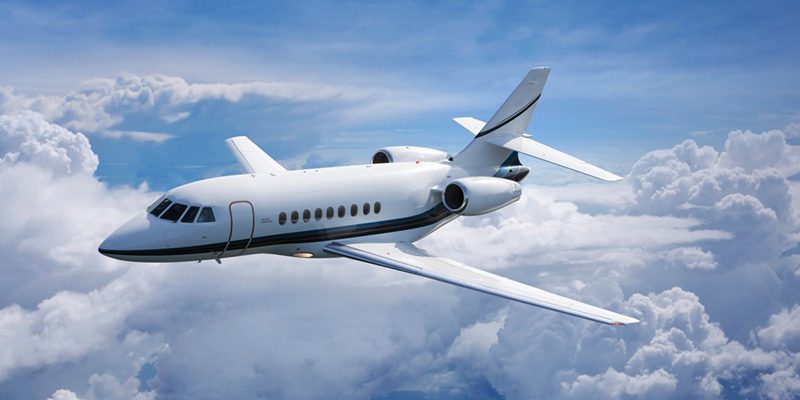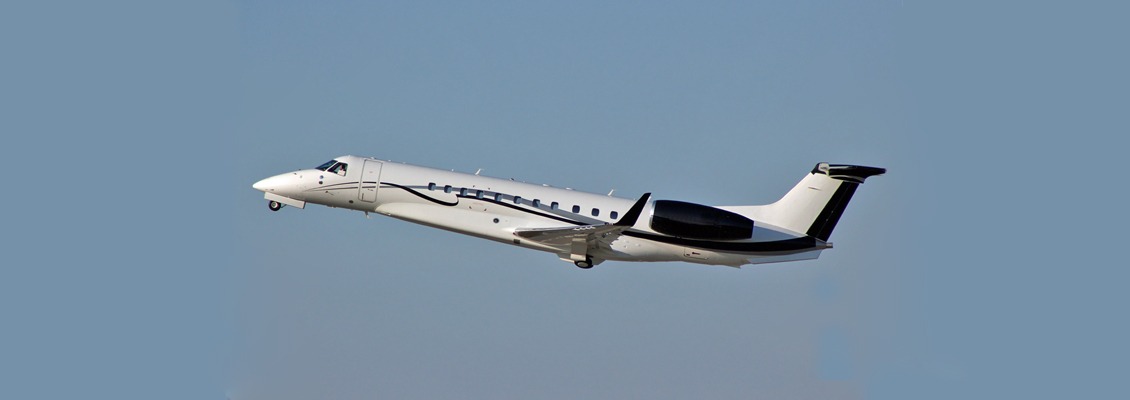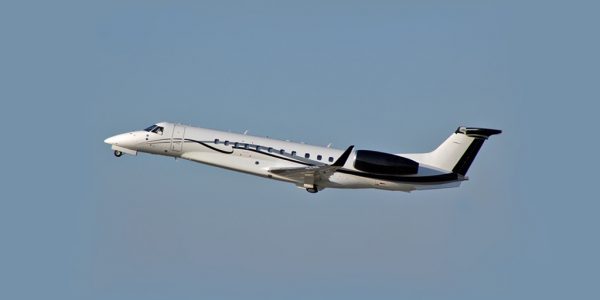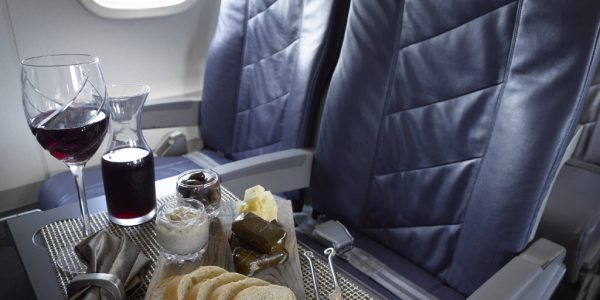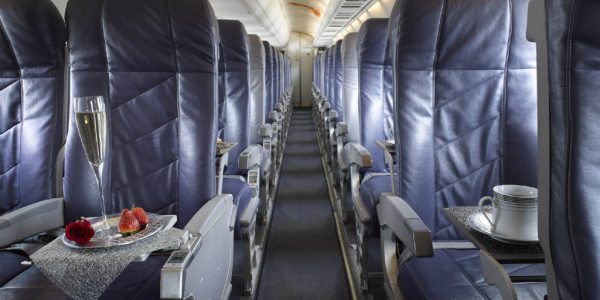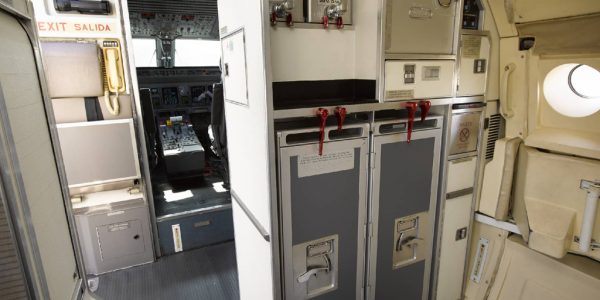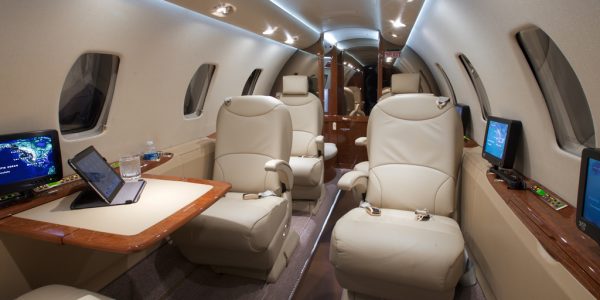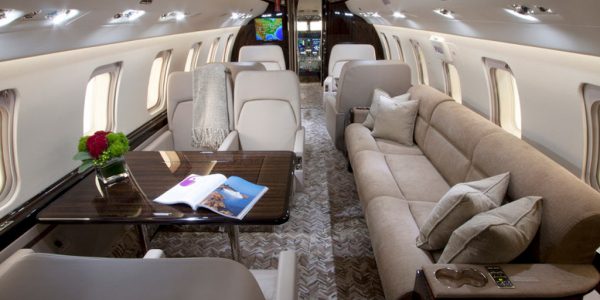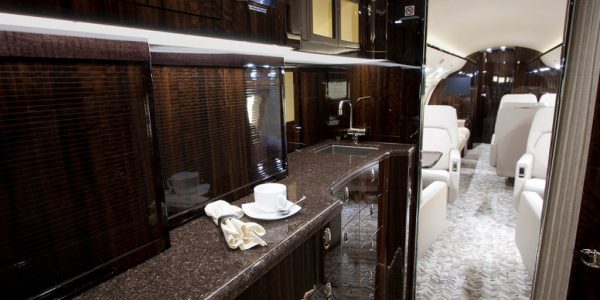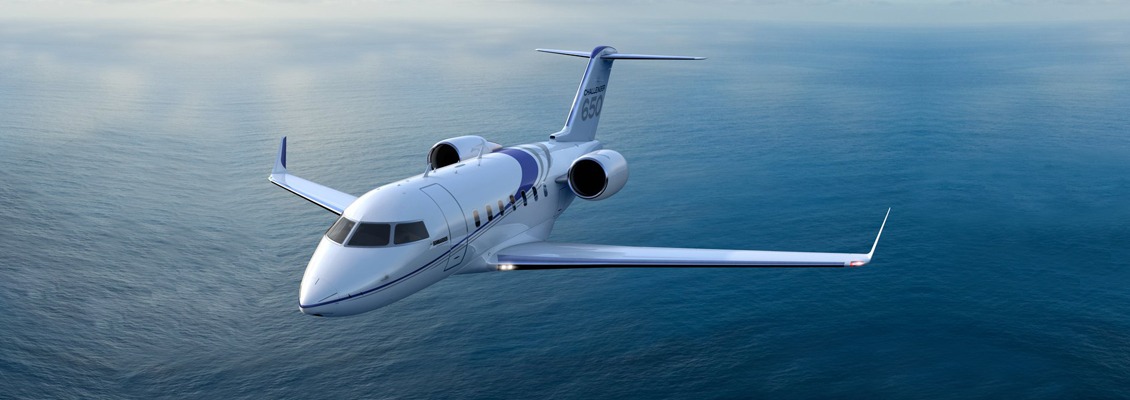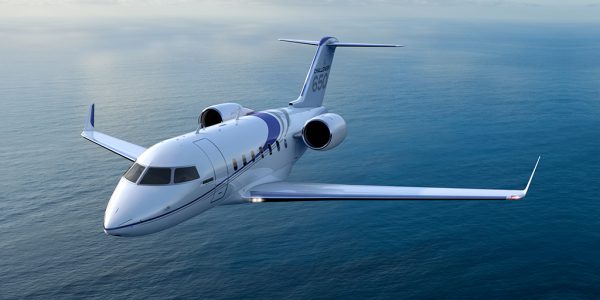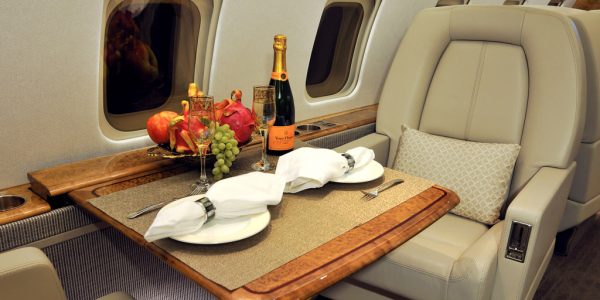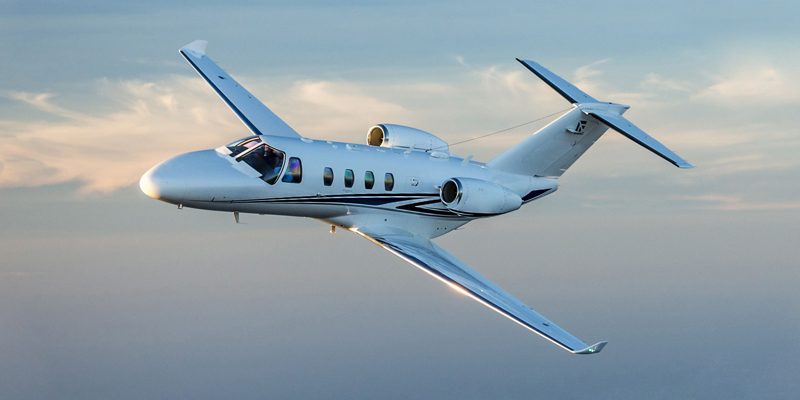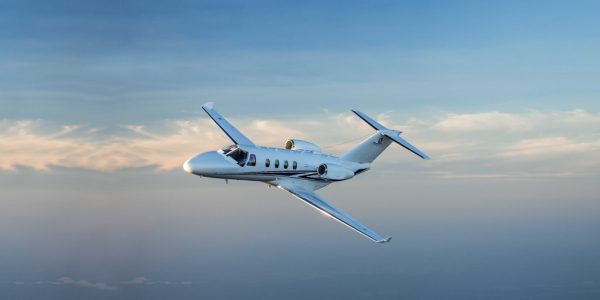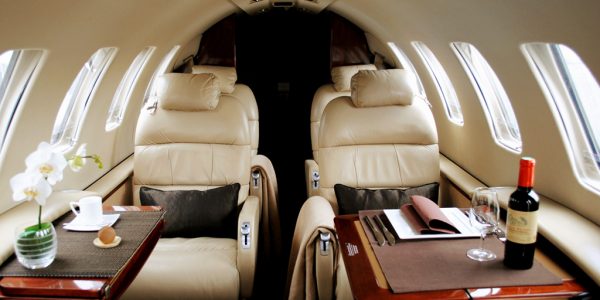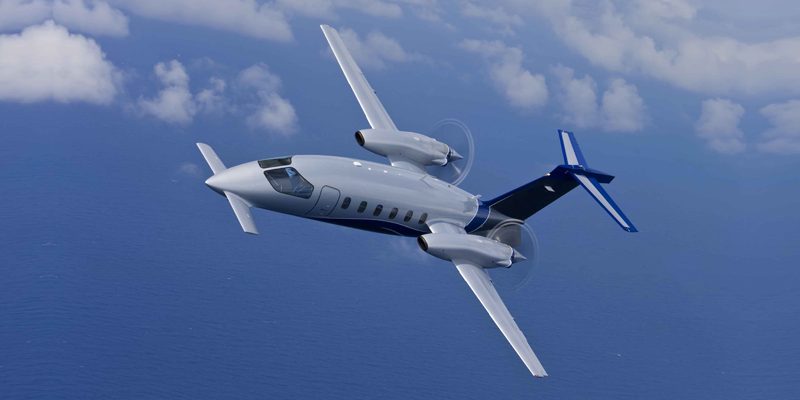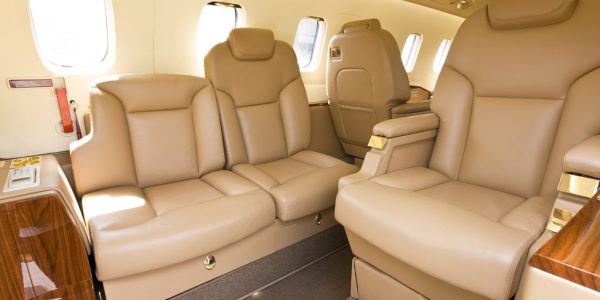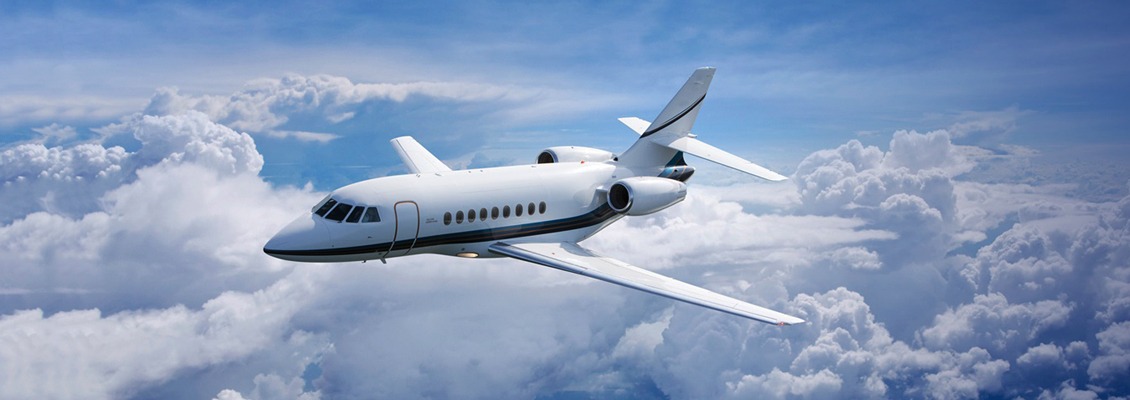
Features
Aircraft Type: Heavy Jet
Seat: 10 Seater
Luggage: 15 Baggage
Multi-course Meal on Board: Yes
Lavatory: Yes
Flight Attendant: Yes
In-flight Audio Player: Yes
In-flight Video Player: Yes
Communication: Yes
Runway Requirement: 5,500 Feet
Range: 3,000 NM
Cabin Height: 6.2 Feet
Description
Eight years after the release of the successful Falcon 2000, Dassault released the Falcon 2000EX. It still had all of the components that made the Falcon 2000 great economy, speed, a large cabin but improved on all of these elements to make an even better jet. The cabin of the Dassault Falcon 2000EX has a volume of more than 1,000 cubic feet and usually seats between eight and twelve passengers. A seating arrangement for as many as 19 passengers can be configured, if necessary. In the standard eight-to-twelve seating arrangement, two seats can stretch out flat and combine so that passengers can actually lay down for a nap, just as they would do in a bed. True to the French dedication to style, a wide variety of interior decorating options are available for example, there are eighteen different metal finishes to choose from just for the bathroom sink alone. 131 cubic feet of baggage space is available, a total of 1,600 pounds.

